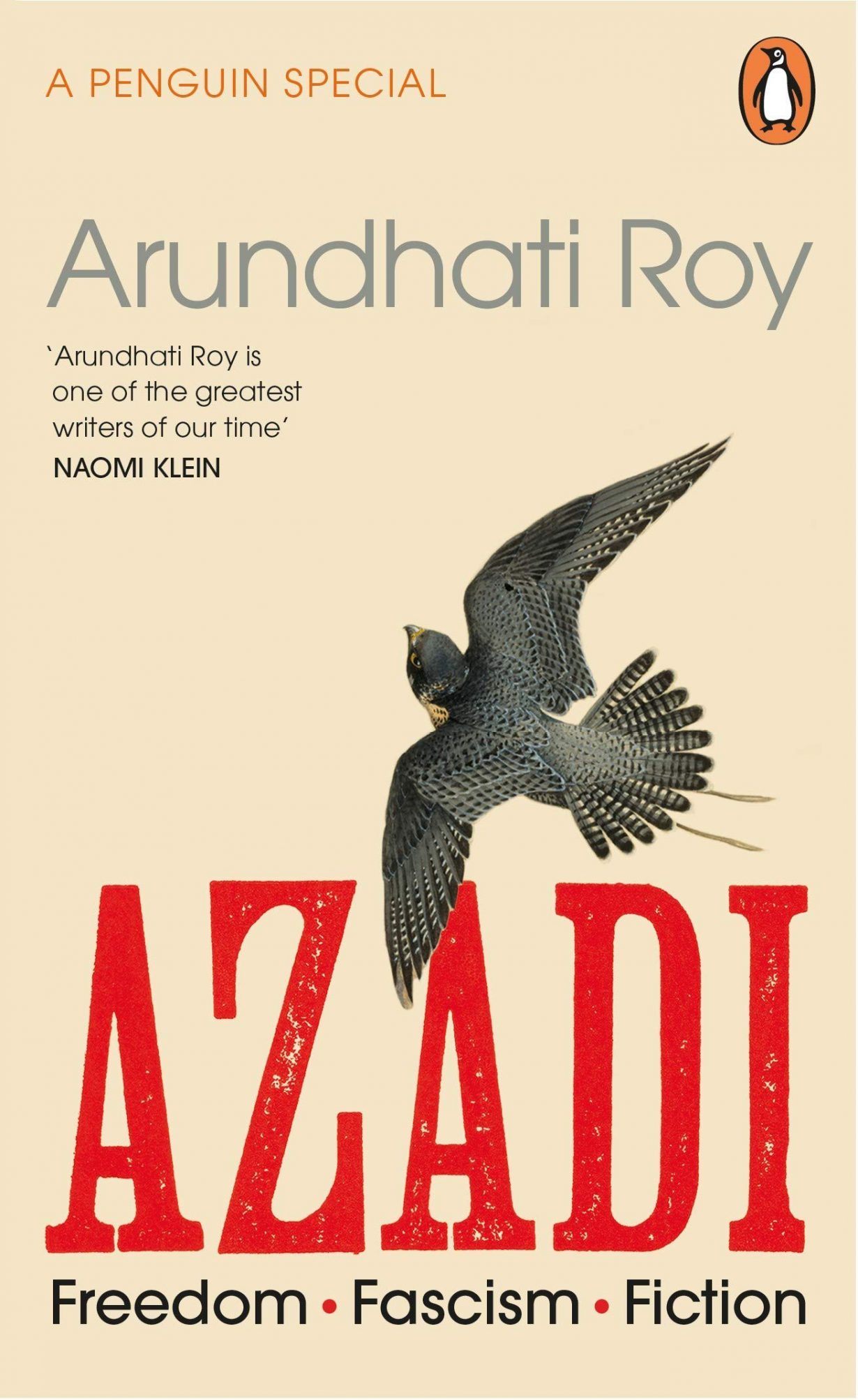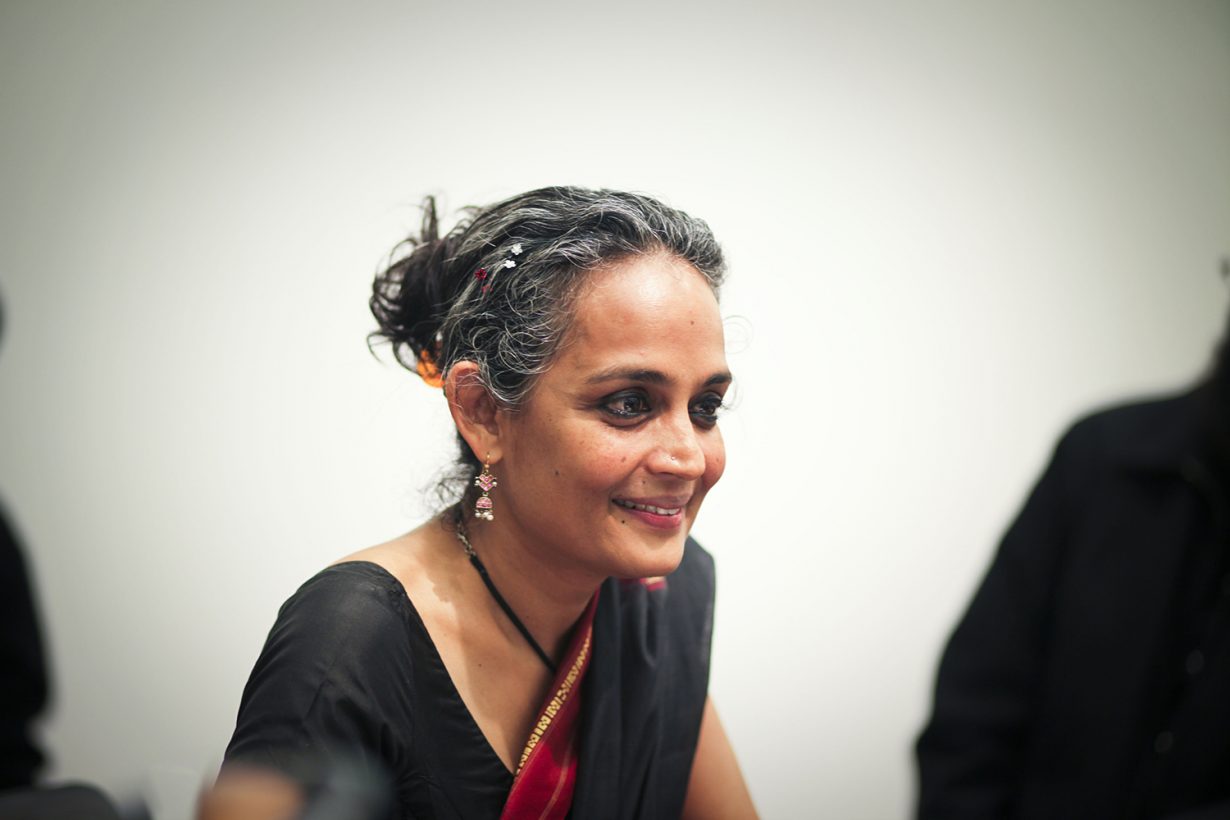Literature as the art of smuggling out the stories of others who can’t be heard or whom no one wants to hear
The award-winning art critic and novelist John Berger once said: ‘If I’m a storyteller it’s because I listen. For me, a storyteller is like a passeur who gets contraband across a frontier.’ He’d present you with one thing in order to talk about something else entirely. In Berger’s celebrated TV series Ways of Seeing (1972) he opens up by talking about painting in order to talk about photography in order to then say that paintings in general are not what we thought they were (having previously suggested that we shouldn’t necessarily trust him in the first place). The aim, he states, is to help us better understand the situation in which we are living. Which, in a way, is how magazines like this one write about art today (although we insist that you trust us).
We pose as an art magazine, as a vehicle for the learned study and criticism of artworks, in order to write about politics, or sociology, or economics, without the danger or burden of anyone thinking that we are posing as experts in those fields. And therefore, we hope, cutting us a bit of slack if we’re indirect or imprecise, or talking in similes and metaphors rather than directly addressing the subject at hand. And, generally, artworks oblige in facilitating this. That’s partly, of course, as a result of the artworks we choose to write about and partly because artists are doing exactly the same thing. Playing at being smugglers, passeurs. (Or at their best, of course, doing it for real.) Particularly in times when everyone in the field of culture wants to pass themselves off as an ‘activist’ of some sort, however removed from the ‘action’ they may actually be.
Here at ArtReview, we frame this way of writing as a ‘legacy’, because Berger was a contributor to Art News and Review (as ArtReview was originally titled) during the first decades of its existence. And occasionally we republish one of his reviews to remind readers of our fine tradition. But I’m not so sure we practise it as consciously as that would suggest. I’m not always so sure that we are so clear about what we are trying to do. It (the framing and reminding) is a less noble form of smuggling. A nod to the safety of tradition and stability when we’re confronted with the instability of an ostensibly contingent present.
Back in 2016, when Berger agreed to republish an article written during the 1950s (for The New Statesman rather than ArtReview) about ‘the disastrous relations between art and property’ on the grounds that not a lot had changed since he first wrote it, ArtReview’s editors were split as to whether this was an act of solidarity or implicit critique of our complicity in the status quo.

But Berger, who died in 2017, didn’t spring to mind because of a connection with legacies or stalemates. Rather because he is evoked, albeit in passing, in Arundhati Roy’s latest collection of lectures and newspaper articles, Azadi (2020). The book’s title derives from the Urdu word for ‘freedom’, which is chanted by those opposing the Indian rule of Kashmir and the ever-widening range of atrocities that come with it. And yet, it is something of a misnomer: the collection itself is largely about a lack of freedom. Most notably that resulting from the ‘unforgivable’ repression of the population in Kashmir (in a text, included here, that was originally published in The New York Times in 2017, Roy lists 70,000 dead, thousands ‘disappeared’ and tens of thousands tortured) and the blind eye many Indians turn to it. It’s about those whose freedom is denied, if you like, and those who choose willingly to set it aside. (This last conforming to what the writer W.G. Sebald – a 2018 lecture included in Azadi was delivered as part of a series at London’s British Library established in the German’s memory – described as ‘people’s ability to forget what they do not want to know, to overlook what is before their eyes’.) And more generally about the plight of a country that not so long ago (1947) won independence from colonial rule, only to end up being governed by what Roy describes as a self-imposed combination of ‘feudalism and religious fundamentalism, caste and capitalism’. In the face of all this, the essays included in this collection come out, broadly, against homogenisation and fixity and for multiplicity and fluidity. And, in a way, Berger’s evocation of the passeur is in itself an appeal for a similar type of freedom: freedom from tradition, received wisdom, narrow visions, and, one presumes, freedom from the tyranny of a single language.
Berger pops up in the fourth of the nine works included in Azadi, titled ‘The Language of Literature’ (originally presented by Roy as a lecture, given in New York in May 2019). While it covers a range of topics, at its heart is a discussion about the limits of art (or in this case art in the form of literature). Or, more accurately, the limits to our perception and definition of art.
Roy is discussing reactions to the fact that she spent the two decades between her first and second novels (the Booker Prize-winning The God of Small Things, published in 1997 and The Ministry of Utmost Happiness, 2017, respectively) writing non-fiction and championing a variety of social issues. On the one hand people didn’t know quite where to place her, given her apparent abandonment of a field in which she had had such dazzling initial success and being suspicious about whether or not she might have leveraged that success to jumpstart another career entirely. (Such people, at least those who wanted to redeem her two writing practices into some sort of potentially seamless whole, Roy recounts, eventually settled on the term ‘writer-activist’ to describe her, a term that suggests only seams and limits to the scope of both writing and activism.) On the other hand, her writing was subject to various learned opinions about the one form being superior to the other: fiction permanent, non-fiction ephemeral; non-fiction real, fiction fake; fiction non-political, non-fiction political. For what it’s worth, I came to her fiction through her non-fiction. But for Roy that’s not worth much. ‘Fact and fiction are not converse’, she states as a rebuttal to the superiorists. ‘One is not necessarily truer than the other, more factual than the other, or more real than the other.’ The important thing is to have a story worth telling.
At this point Roy recalls ‘the first message I received from John Berger’ (yes, ‘the first’ – it’s reassuring to note that one of our greatest living writers is not above a little boosterism of the legacy variety too): a handwritten note stating that ‘Your fiction and non-fiction – they walk you round the world like your two legs.’ We live in an age, needless to say, in which politicians are the prime peddlers of fiction, and facts are the preserve of ordinary people struggling to live on the ground or people the more repressive types of government will prosecute and imprison (Roy herself has in the past been charged with sedition). The struggle, Roy suggests, is in figuring out ‘how to be a writer during these times’.

For Roy, great literature is literature that’s needed (and the point here is that the same is true of art), built, as Roy puts it, through a compact between ‘writers and readers’. An echo, perhaps, of Berger’s statement about a storyteller being someone who listens. Who smuggles out the stories of others who can’t be heard or whom no one wants to hear. Who creates great art to relate the story of ordinary life. That too is the lesson of Azadi: fiction has its uses – for smuggling messages that can’t be said directly (for Roy, ‘Particularly about Kashmir, where only fiction can be true because the truth cannot be told’); but, when we can say things straight up, we should have the courage to do that too.
‘If the function of the public critic is to relate works of art to ordinary life,’ Berger wrote in an article originally published in what would become ArtReview, ‘it follows that either the works themselves are remote from that life as it is normally understood, or that the public are so confused by art that they cannot see the connections which do exist.’ The article envisioned a future in which the public would have no need for specialist art critics at all, because the public wouldn’t need them to be intermediaries between audiences and works of art. Which, as a critic, once you get over the natural fears about redundancy, would represent a kind of freedom too. To embrace being a nimble jack of all trades without posing as or worrying about being the master of one.
Arundhati Roy, Azadi, 2020, is published by Penguin
